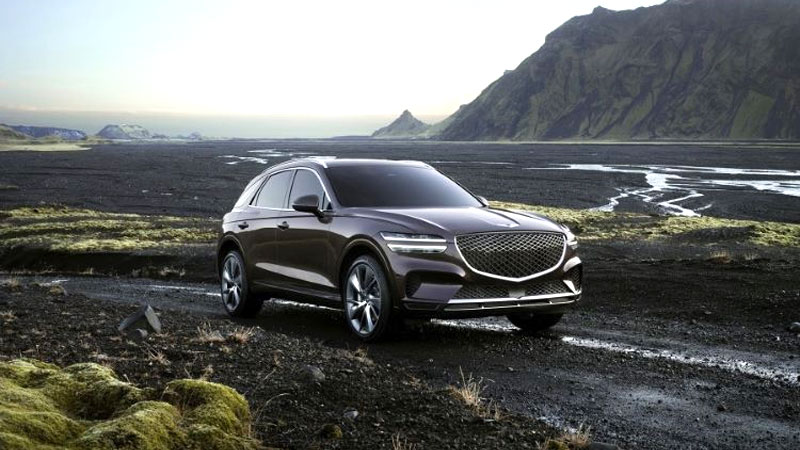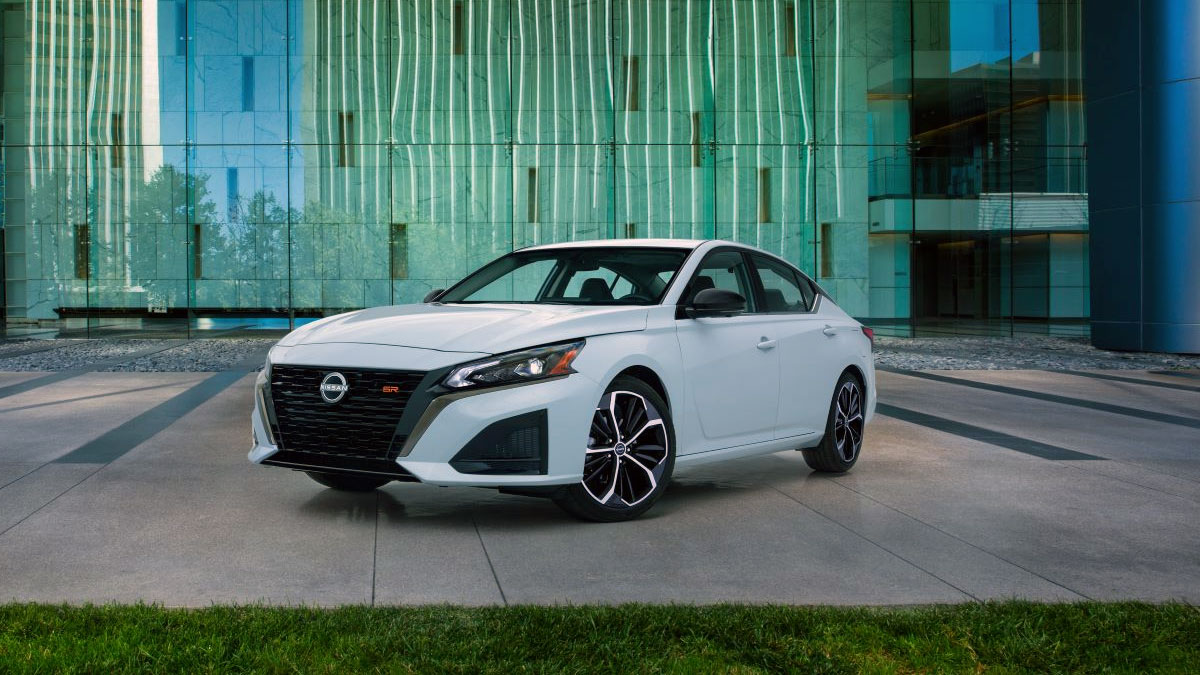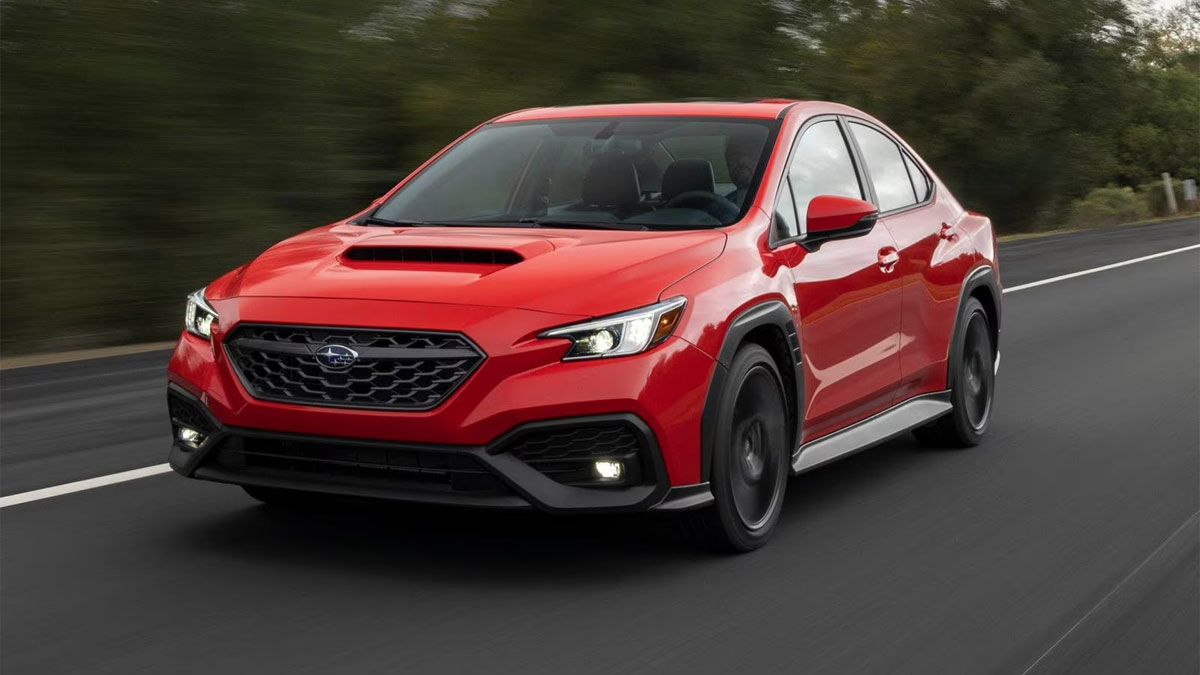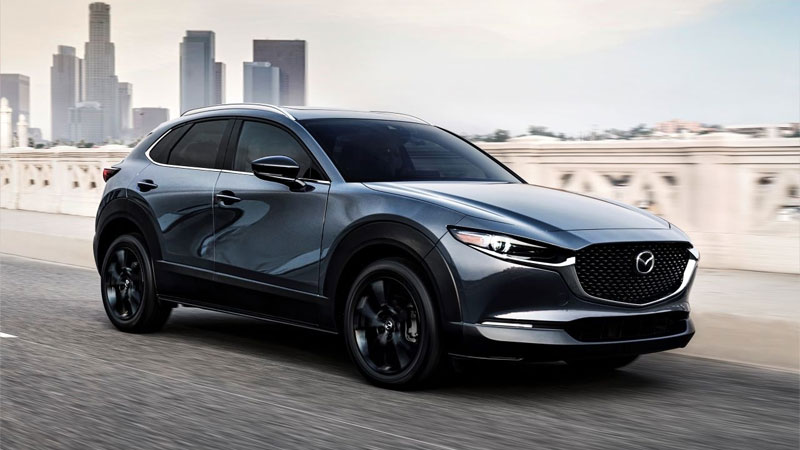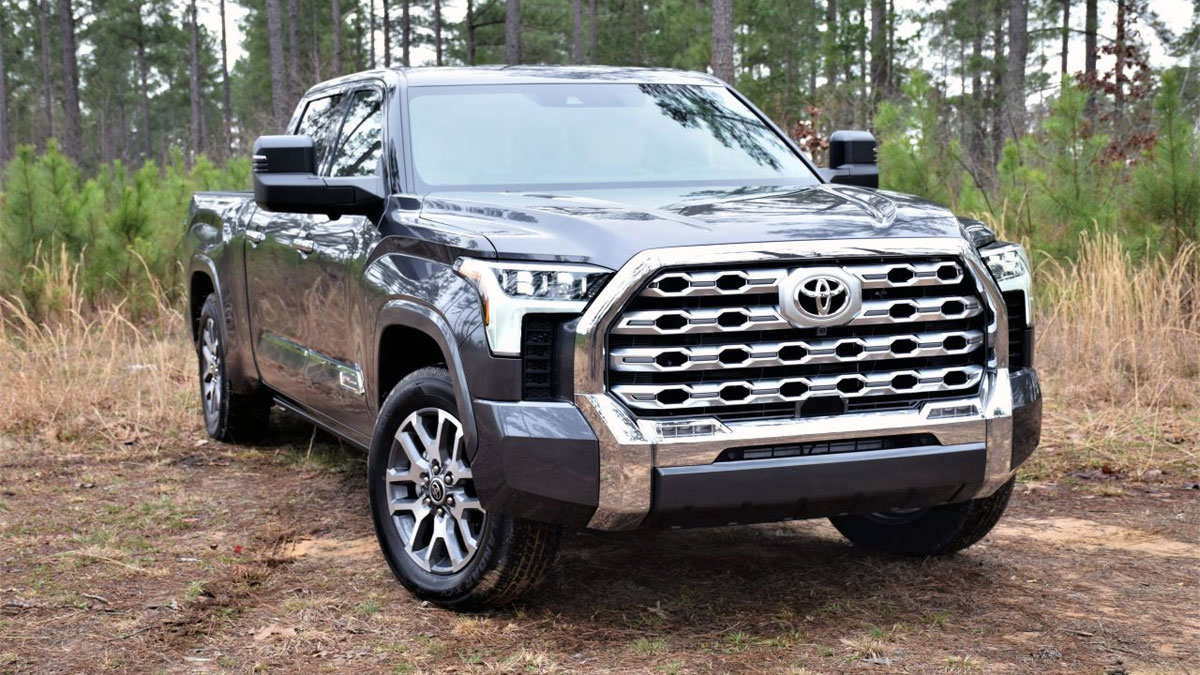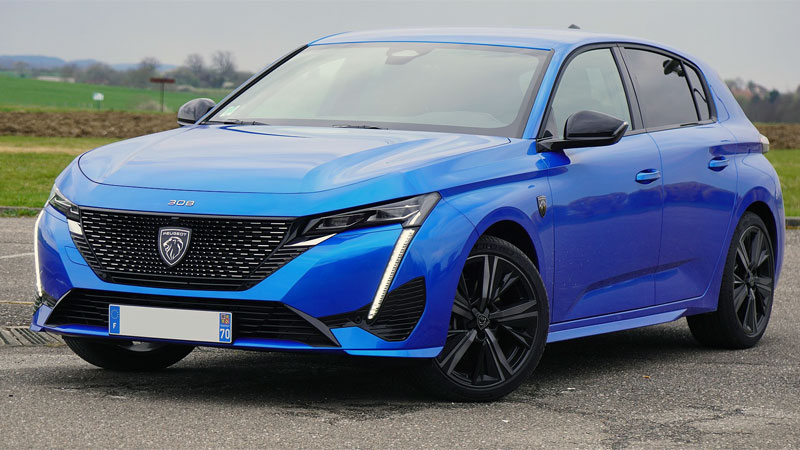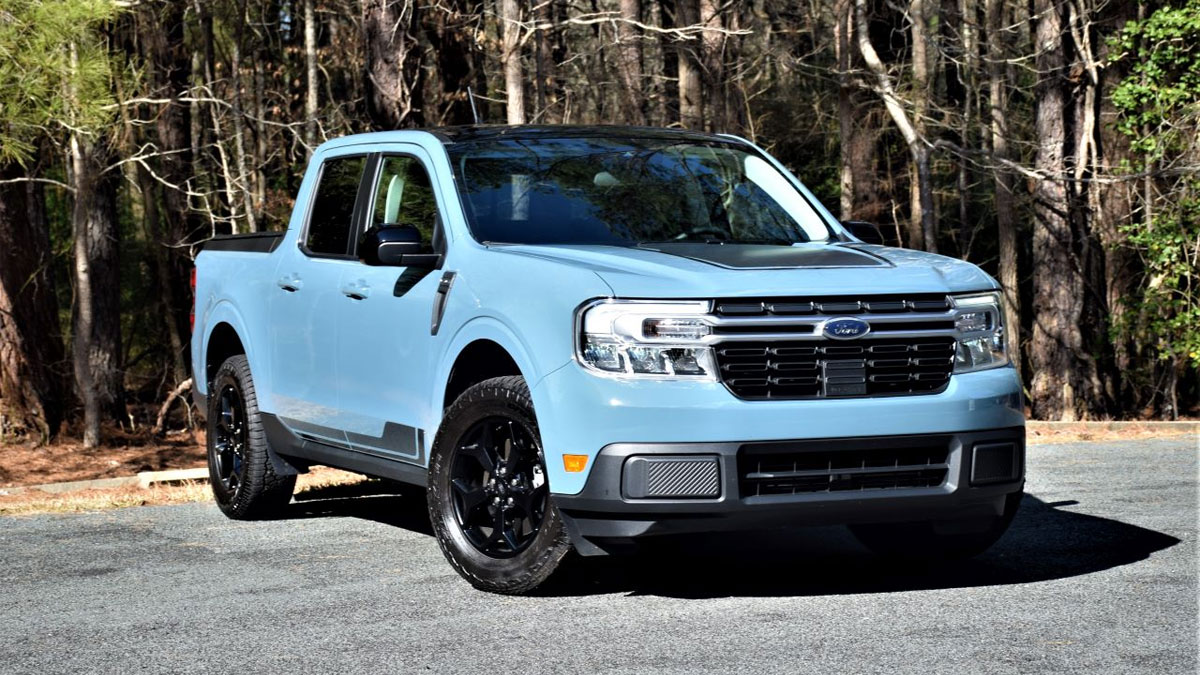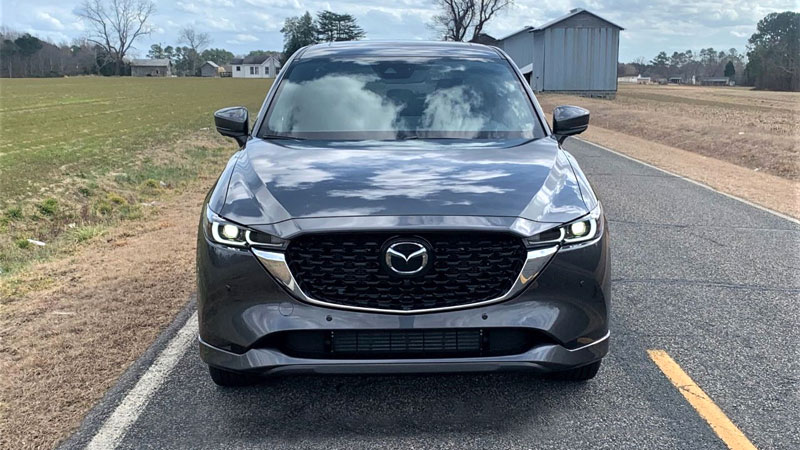About the 2022 Genesis GV70
Genesis expands its product line to include a second SUV, the GV70. Hyundai’s luxury brand, Genesis, is turning the corner. After releasing three consecutive sedans, Genesis rolled out the 2021 GV80 SUV and will follow with the GV70 SUV later this year. Consequently, with five models in its fold, Genesis … Read more

